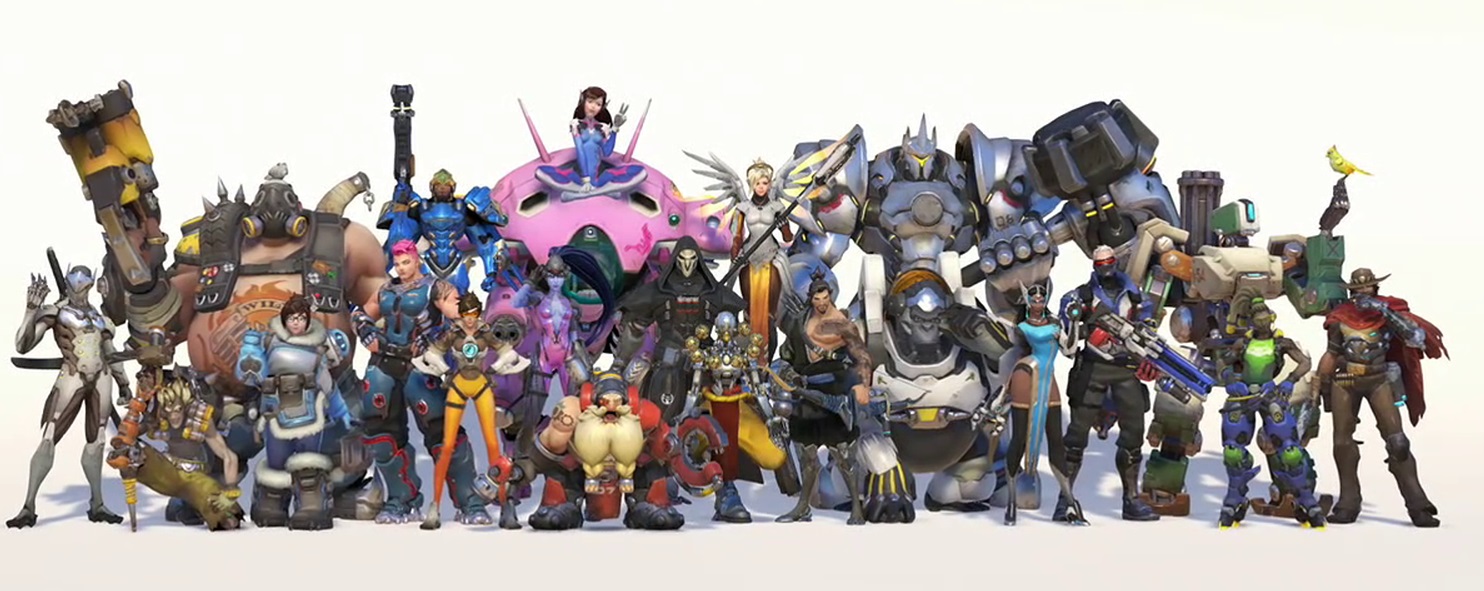I think it is important to spend a few words about diversity in video games. Historically, video games and the games industry, in general, have a problem with the lack of diversity. With few exceptions, most of the protagonist characters are white males. When they are women, they are too often sexualized (Lara Croft is a great character...but we all remember her physique in the first batch of Tomb Raider games). When they are homosexual, they are stereotyped, like their sexuality has anything to do with defining what they do and how they act. When they are of different ethnicity, it seems they're there like tokens, present just to say 'hey, this game has a non-white Caucasian character!':

The Overwatch heroes: each character comes from a different part of the world and represents a different cultural background.
There are no guidelines or design practices for this. This is just a matter of sensibility and willingness to explore different cultures, characters, and scenarios in video...



